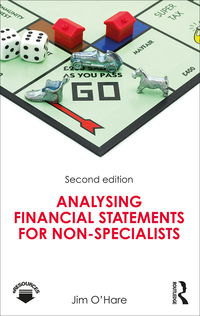Question
Case Study 2. Transaction No. of Units Unit Cost Beginning Inventory 20 Rs 2200 Purchase 25 Rs2,250 Sold 10 Sold 14 Purchase 15 Rs2,300 Sold
Case Study 2.
| Transaction | No. of Units | Unit Cost |
|
| Beginning Inventory | 20 | Rs 2200 |
|
| Purchase | 25 | Rs2,250 |
|
| Sold | 10 |
|
|
| Sold | 14 |
|
|
| Purchase | 15 | Rs2,300 |
|
| Sold | 26 |
|
|
| Purchase | 20 | Rs2,350 |
|
According to the table above, there are 30 units in the ending inventory. Calculate What is the Cost of Goods Sold and Ending Inventory under each of the following assumptions?
- FIFO/Periodic
- LIFO/Periodic
- Average Cost/Periodic
- In the above example, Which Costing methods will show maximum Gross Profit in the Final Balance Sheet at the end of the year.
Case Study 3.
M/s OMICRON is a company engaged in the manufacture of components required for Luggage X-Ray Machines installed at Airports. The following data is available from the records of the company for a component no. 4325ZCT.
Annual Demand = 60,000 Ordering cost = $25 per order
Holding cost = $3 per item per year No. of working days per year = 240
If lead time = 3 days
- Calculate EOQ
- Calculate Reorder point
Step by Step Solution
There are 3 Steps involved in it
Step: 1

Get Instant Access to Expert-Tailored Solutions
See step-by-step solutions with expert insights and AI powered tools for academic success
Step: 2

Step: 3

Ace Your Homework with AI
Get the answers you need in no time with our AI-driven, step-by-step assistance
Get Started


